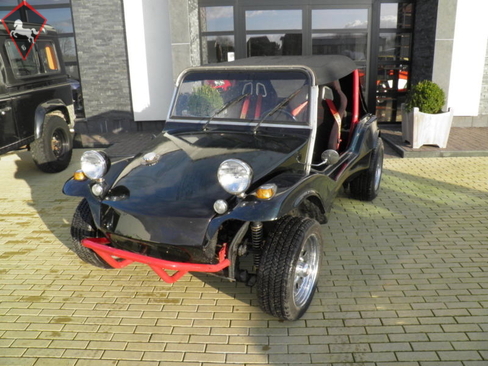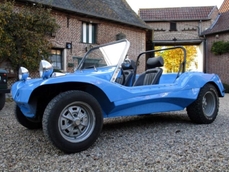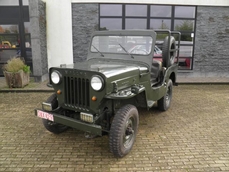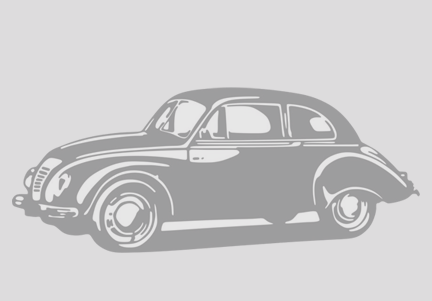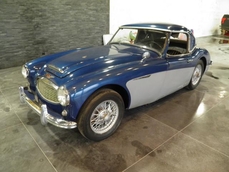Apal Other 1968
General description :
Buggy Apal, véhicule Belge avec Conformité APAL!
1300cc de cylindrée
visible en semaine de 9h à 17h sur rendez-vous
https://home.automobile.fr/WORLD4X4SPRL#des_258083661
1968 Apal Other is listed sold on ClassicDigest in Les Bons Villers by Auto Dealer for €9000.
Car Facts
Car type : Car Make : Apal Model : Other Engine size : 1.3 Model Year : 1968 Sub type : Convertible Location : 738, Chaussée de Bruxelles N 5BE-6210 Les Bons Villers
Sold
Seller Information
Sold
People who viewed this Apal Other also viewed similar Apal listed at ClassicDigest
Other cars listed for sale by this dealer
About Apal
Apal is a Belgian automobile manufacturer that specialized in producing sports cars and replicas. Here's an overview of its history, models, and a comparison with the Porsche 356, which was also based on the Volkswagen Beetle:1. History:
- Founding: Apal (Application Polyester Armé de Liège) was founded in the early 1960s by Edmond Pery. The company initially focused on manufacturing fiberglass bodies for various vehicles.
- Expansion into Car Production: Apal later expanded its operations to include the production of complete cars. They developed their own sports car models and also created replicas of popular sports cars.
- Production Period: Apal produced cars from the 1960s until the 1990s. Their vehicles were mainly sold in Europe, but some made their way to other parts of the world.
2. Models:
- Apal Coupe: The Apal Coupe was one of the most well-known models produced by the company. It featured a fiberglass body and was available in various configurations, including open-top versions.
- Apal Speedster: Inspired by the iconic Porsche 356 Speedster, Apal also produced their own version known as the Apal Speedster. It replicated the classic design of the Porsche 356 Speedster with some modifications.
3. Comparison with Porsche 356:
- Volkswagen Beetle Derivative: Both Apal and Porsche 356 were based on the Volkswagen Beetle platform. They shared certain mechanical components and had a similar rear-engine, rear-wheel-drive layout.
- Styling Differences: While both Apal and Porsche 356 drew inspiration from the Beetle, they had distinct design characteristics. The Porsche 356 had a more refined and elegant design, while Apal models often had a more customized and individualistic appearance.
- Performance and Status: The Porsche 356 is widely recognized as a sports car icon with a rich racing heritage, while Apal cars, although well-regarded, did not achieve the same level of fame or performance reputation as the Porsche.
Apal's history is intertwined with the production of sports cars and replicas, often based on the Volkswagen Beetle platform. While their models, such as the Apal Coupe and Apal Speedster, gained some recognition, they are not as widely known or regarded as the Porsche 356. Nonetheless, Apal cars have their own unique charm and hold appeal for enthusiasts of vintage and replica vehicles.
While the Porsche 356 and the Volkswagen Beetle share a common ancestry and were built on the same basic platform, it would be inaccurate to say that the Porsche 356 is simply a "glorified" Beetle. Although they have some mechanical similarities, the Porsche 356 was a distinct and separate model that underwent significant engineering and design modifications compared to the Beetle. Here are some key differences between the two:
Performance: The Porsche 356 was developed with a focus on performance and handling. It featured a more powerful engine, improved suspension, and aerodynamic styling compared to the Beetle. The performance enhancements made the 356 faster and more agile on the road.
Design: While the Beetle had a practical and utilitarian design, the Porsche 356 had a sleek and sporty appearance. Its body was handcrafted, often made from lightweight materials such as aluminum, and had a lower, more streamlined profile.
Engineering: Porsche engineers made several technical modifications to enhance the performance and handling of the 356. These included refined suspension systems, upgraded brakes, and improved transmissions. The result was a car that offered a more engaging driving experience than the Beetle.
Racing Heritage: The Porsche 356 has a rich racing heritage, with numerous victories in motorsport events. Its racing success and continuous development by Porsche engineers set it apart from the Beetle, which was primarily designed as an affordable and practical family car.
While the Porsche 356 and the Volkswagen Beetle may share some similarities in their origins, the Porsche 356 underwent significant modifications and improvements to become a high-performance sports car. Its distinctive design, performance enhancements, and racing heritage distinguish it from being merely a "glorified" version of the Beetle.
